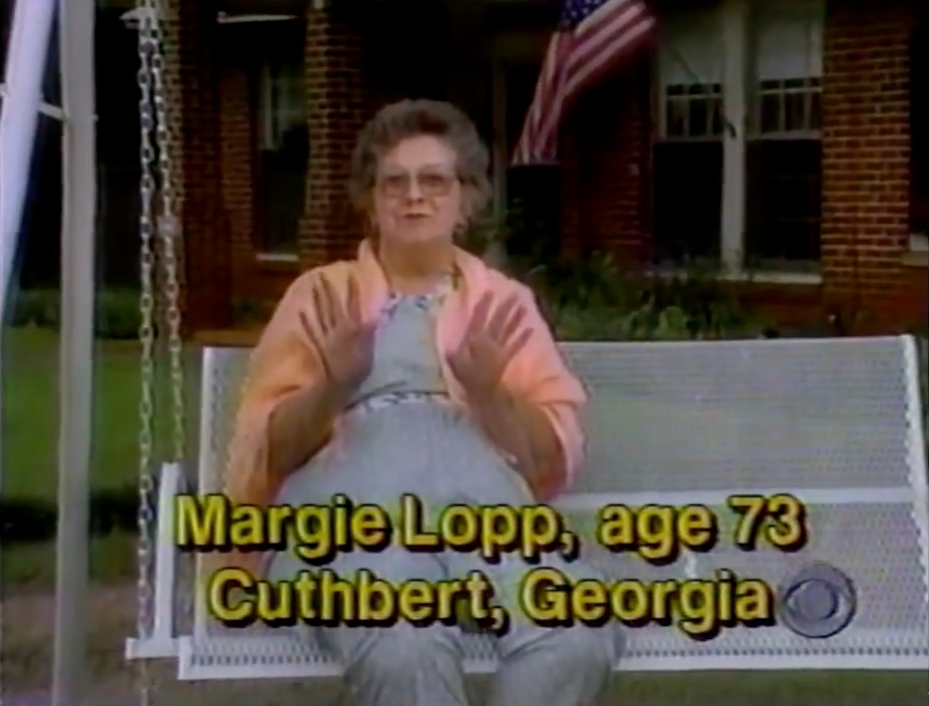The alternative media industry may want to start engraving plaques for America Online marketing president Jan Brandt. As the Internet industry’s largest mailer, in both solo and shared efforts, she has helped pave the way for online firms’ participation in co-op mailings and other shared distribution vehicles. The prospect of a flood of dot-com advertising dollars has co-op mailers buzzing.
“Thank goodness for dot-coms and home technology,” says Paul Gordon, executive vice president of sales at Cox Target Media, publisher of the Carol Wright co-op.
Why is it happening? Web marketers need to have a broader reach mechanism than their traditional online-only marketing plans provide, explains Gordon.
“The good news [for us] is that the envelopes are getting fatter,” he says. But the presence of the dot-coms could hurt traditional co-op participants, he adds. Once envelopes reach a certain size, there is a diminishing return.
“You could mail a pound of coupons, but I don’t think you’d want to,” Gordon says.
Jim Cunningham, president of direct marketing services firm AMG Global, says there’s nothing wrong with shifting the balance as long as co-op publishers keep a certain percentage of coupons in there to keep the value added for the consumer.
“The mixture of both will stay,” he says. “We like the idea that they are there. God forbid it becomes 80% direct marketing and 20% packaged goods.”
Media Solution Services, a New York division of Bounty SCA, has a similar outlook on the dot-com.
Two years ago, online firms were looking to participate in packages with high drop quantities. Media Solution Services, with its suite of low-level to midlevel targeted distributions, was initially shut out of their buying plans.
Last year, however, some Web companies started using co-op packages less to drive consumers to their sites and more to generate sales, according to Tim Sullivan, Media Solution Services’ general manager for owned and managed media. For example, sites related to travel have begun programs that reach people with available disposable income and creditworthiness, he says.
“Competition for certain forms of media have driven them to find more niche-related vehicles,” Sullivan adds. This holds true even among traditional direct marketers – those selling continuities, collectibles, general merchandise, financial services and insurance, all of which are steering the push toward lifestyle-targeted packages.
Inserts, Too
Dot-coms are even starting to move into freestanding inserts. At Valassis Communications in Lavinia, MI, Web outfits such as Petsmart.com and Cooking.com recently received awards for their use of offline media. And yet these companies hadn’t done anything more radical than solid promotional messaging, and observed time-honored rules about reach and frequency, says Lynn Liddle, Valassis’ vice president of investor relations.
But they did it well.
In fact, the dot-coms are starting to write their own print marketing textbooks. Online marketers that design their ads – which are usually no more than traffic-builders – with dotted lines around the border get better responses than those that don’t. “People think coupons,” Liddle says.
Valassis has seen a particular uptick in dot-com participation in its Newspac and Newspouch sampling programs. Three years ago health, beauty and cosmetics offerings made up 80% of the offerings. Their share now is no more than 60%. Total volume has grown, as has participation by other types of advertisers, such as automobile and Web companies.
In some cases, the appearance of dot-coms in co-op programs acts as a spur for packaged goods companies. SBC Corp., the St. Louis telecom firm that hosts a marriage mail program for Southwestern Bell, is in the process of rolling out similar vehicles for Pacific Bell and Ameritech.
Jim L. Moore, SBC’s general manager for national direct marketing, hopes to parlay participation by the online grocery and home improvement online marketers into programs that include consumer goods featured on each site.
SBC’s efforts previously have been stymied by its relatively limited distribution. The Southwestern Bell program currently goes into just five states: Texas, Oklahoma, Arkansas, Missouri and Kansas. As the other programs roll out, SBC plans to offer national coverage buys, which will be more attractive to both the dot-coms and packaged goods companies.
Part of the reason online companies may be reluctant to participate in co-ops is their relative lack of familiarity with response-based marketing. Only a few take advantage of response-tracking capabilities.
“The dot-coms are neophytes,” says Moore. “Most of the people in them don’t come from the DM industry. The fact that direct marketing is so trackable in its approach – rather than spending $8 million on the Super Bowl – completely blows their minds.”
Some co-op vendors have found that accountability is not as much a revelation as a mandate. Advo, the Windsor, CT-based mailer, saw several dot-coms test its services in late 1999. By the second quarter this year, a few of these companies had done large drops.
“That business still represents a small piece [of the firm’s total volume] but it’s growing,” says Advo vice president of investor relations Chris Hutter. “The dot-coms are increasingly being held accountable for driving revenue growth and sustaining a profitable business model.”
Savvy Mailers
Unlike SBC’s Moore, Hutter sees the dot-com advertisers as being fairly savvy in their use of promotional mailings. “It is beginning to move from a pure branding strategy to a combination strategy,” he says. The dot-com advertisers, he continues, are targeting a variety of different households according to consumer behavior patterns.
Some Web companies are investigating prospecting in the insert programs of other online businesses such as eToys and Smarterkids.com. But the dot-coms that host these vehicles tend to ask for higher costs per thousand than traditional programs – $100, not $40, according to Sandra Roscoe, senior vice president of Fred Singer Direct Marketing Inc. in Scarsdale, NY.
“I don’t know how long they’re going to maintain that,” she says. “Everything is based on response rates, and people are not going to continue to participate in a vehicle that isn’t cost-effective.”
Roscoe has begun to see a slow migration by online firms into the insert programs of non-Web marketers, although this is a trend too new for her to evaluate.
She’s not alone. “All bets are off,” says Cox Target Media’s Paul Gordon. “If you think you knew everything you knew about this business, wait 15 minutes and everything will change.”



